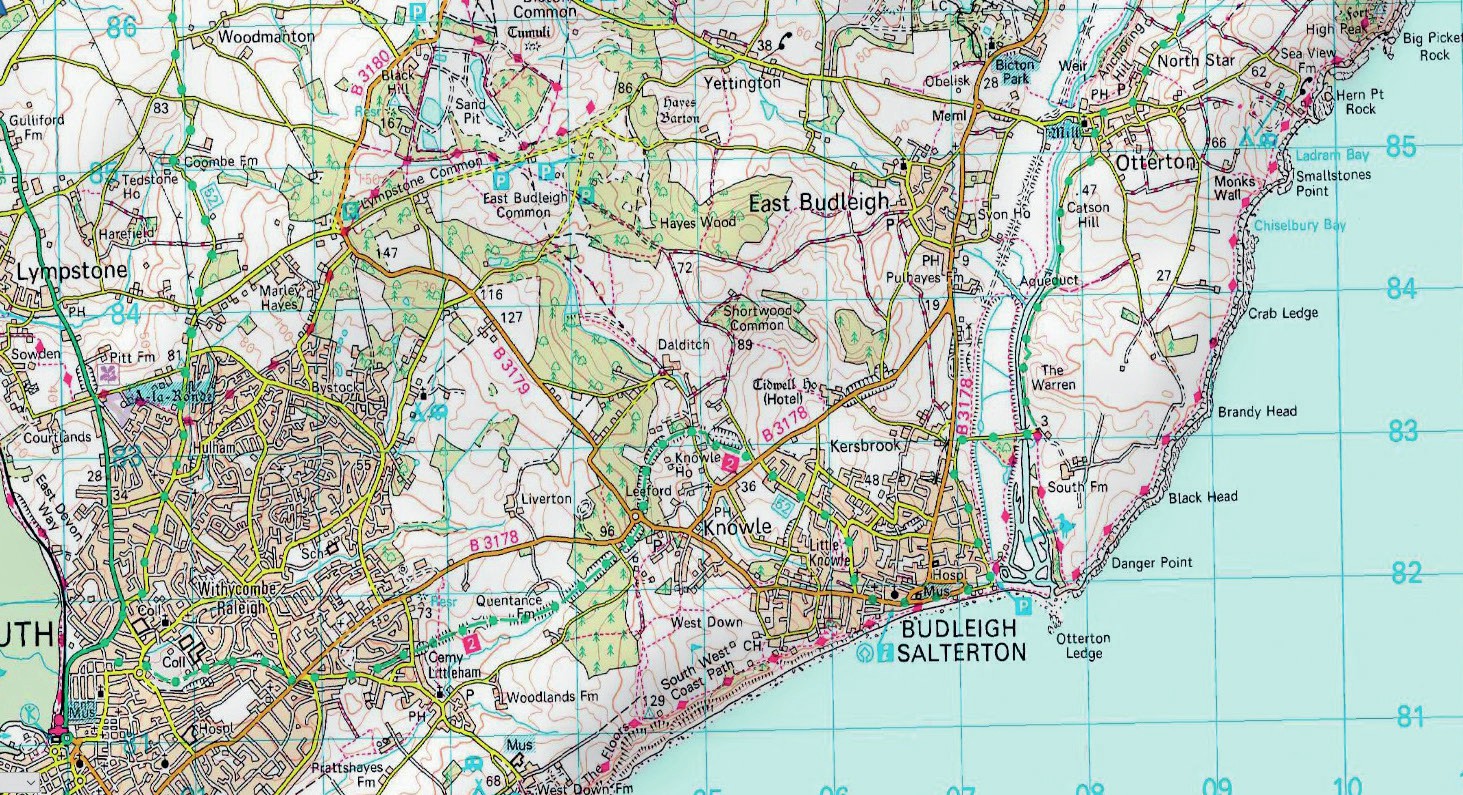
S ome experts estimate that by 2100 sea-level could increase by 1.15 metres, creating the possibility of widespread coastal flooding. As a result, UK coastlines are at the forefront of our climate emergency, and our coastal communities are increasingly vulnerable to threats of sea-level rise and coastal erosion caused by climate change.
As a nation we must decide which sections of the coastline we are going to protect with costly flood defences (a response known as ‘holding the line’), and which we are going to allow the sea to flood in a managed way (known as managed realignment).
Your organisation does not have access to this article.
Sign up today to give your students the edge they need to achieve their best grades with subject expertise
Subscribe




